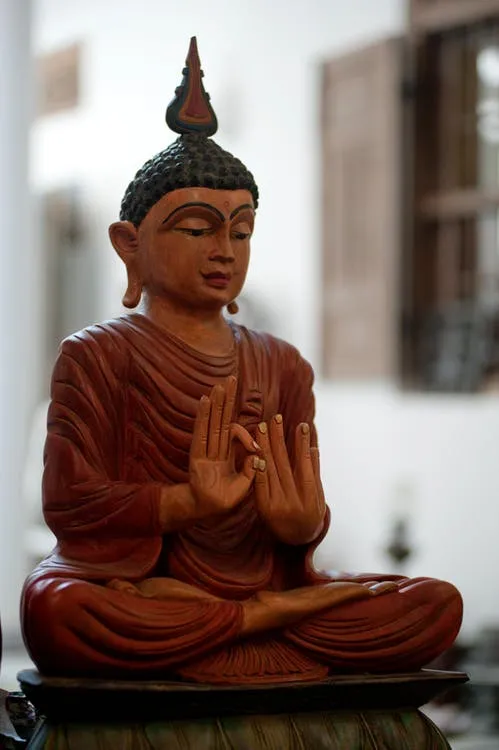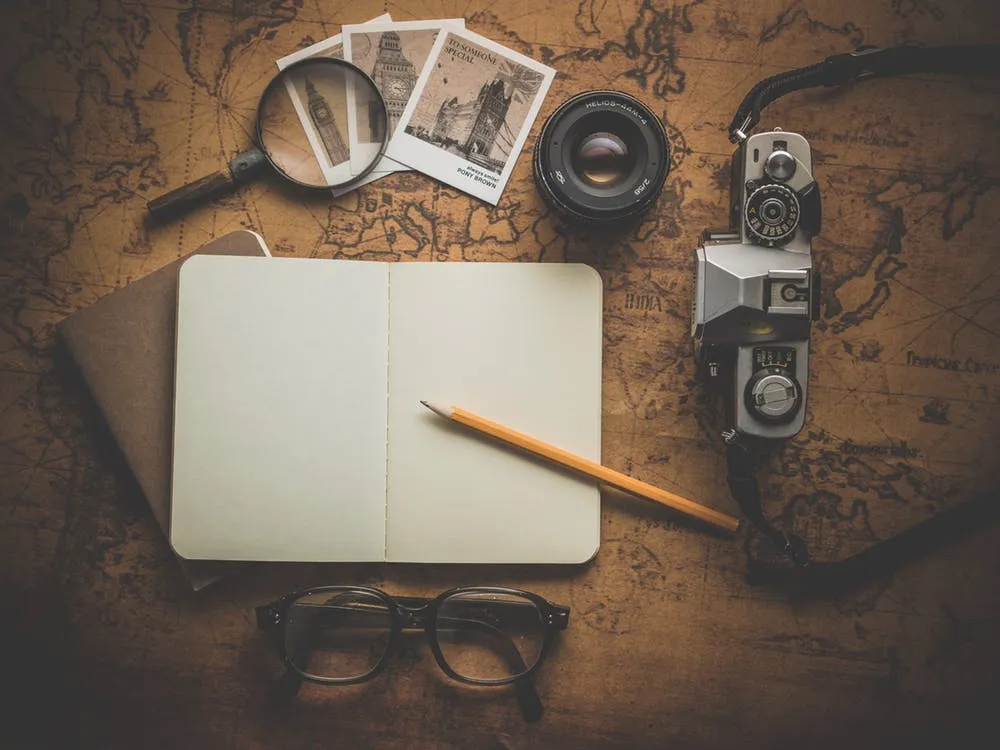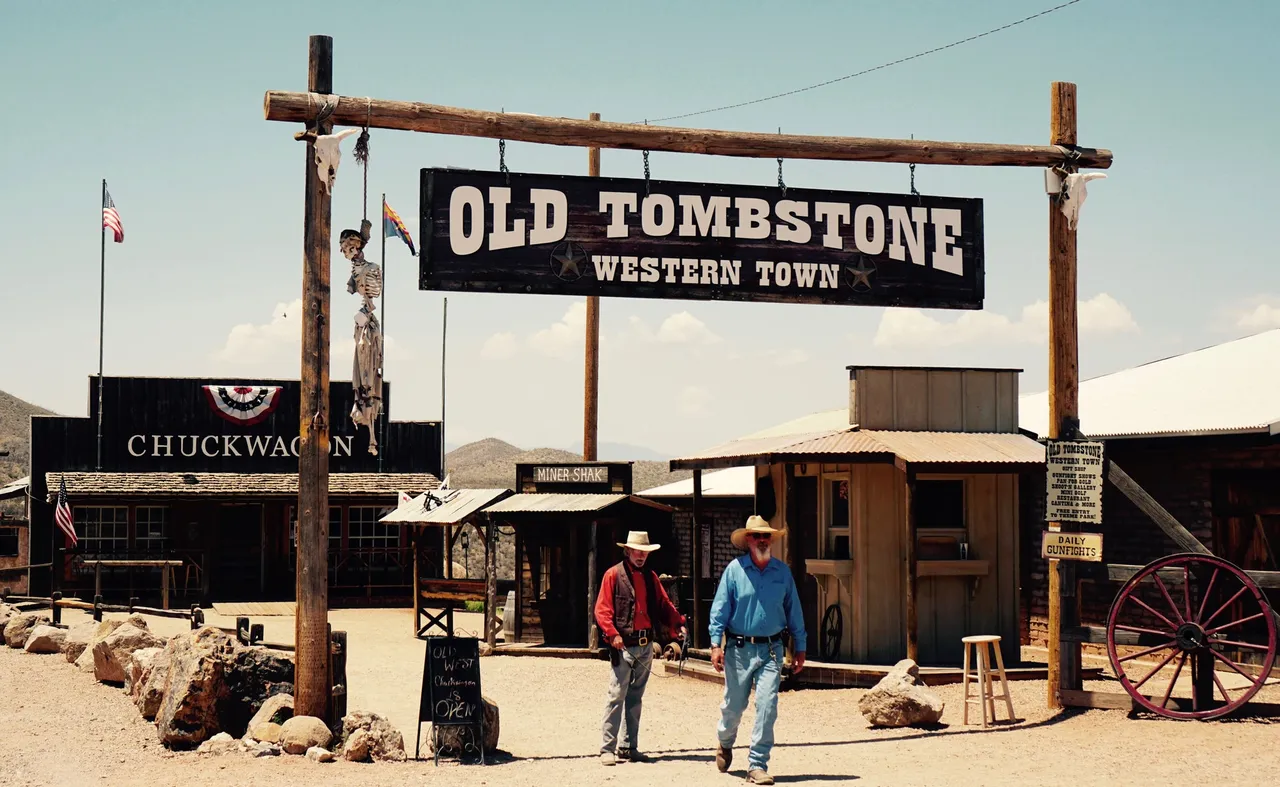Inspiration, how do we find it?
How do you figure out what you’re going to work on next?
Some people use an old quote like “Inspiration is for amateurs, the real people just get to work”. That’s all fine and dandy but you have to start somewhere and a lot of people out there are new to many things such as art or writing maybe. They are not professionals yet and they’re still trying to find their footing.
I have had many days over the years where I haven’t thought of anything, I thought there’s nothing I can do or nothing that I want to make. There have been a few exercises, things that I’ve learned along the way that can help you find whatever it is that you truly want to make.
1. Make it simple
 pic/unsplash
pic/unsplash
The human brain is very good at avoiding pain. So if you suggest an idea that involves 20 months of pain to get there, you’ll immediately reject that idea. For example, you say that you want to write a novel or make a wooden submarine and then your brain goes like “No! That’s going to take months, that’s way too advanced”. So you immediately dismiss that idea because it will take too long. Make it simple essentially means, give yourself a deadline. This will restrict how long you spend your time on a project, because if you were to curve a wooden submarine in a week for instance, you would heavily restrict it, you wouldn’t do a million little bolts all over the submarine. You would do it from far away or whatever you could do to pass it off within one week. This is good practice because many clients want it done in the shortest time possible like a week or a month. I highly recommend doing this and you may find that once you start you’ll see how many ideas suddenly appear because e you have a week. The worst that could happen is that the week’s over. You start another one after that
2. Have an inspiration map
 pic/ unsplash
pic/ unsplash
I got this idea from a friend of mine who does Motion Graphics. He came up with a template idea that was a board/large sheet of paper filled with blank squares and he told me to put my influences there, it could be people, it could be movies, games.., anything really. Just put it in the squares and that can be my inspiration map the next time I want inspiration. I really loved that idea because often there are so many ideas at the back of your mind but when you finally get down to it you can’t remember them. So basically having everything you love and everything that speaks to you in one location is really handy. This doesn’t have to be physical, it can be an Evernote file with a bunch of images of things that you like, so that when you look at them they help you come up with ideas.
3. Constrain yourself

pic/unsplash
Creativity especially in art and storytelling is unlimited, a photographer can be restricted to his environment, he can’t photograph France unless he has a ticket to go there. So he is stuck with whatever that is within his reach. Artists and storytellers don’t have that, this is both a blessing and a curse because the scariest thing for a storyteller is a blank page, in the case of an artist, a blank canvas. Do you start writing about a dog, maybe a mouse? Is it daytime is it indoors? Is it playful, is it sick? Do you draw a bench in the park or a space battle? There can be so many options that can cause paralysis. You can constrain yourself by having a theme, any theme will do. This helps you to anchor yourself within it and you can create a bunch of ideas around it. This is a really powerful technique that I personally use. Suppose you want to draw something about the old west, there would be cowboys, pistols, cattle ranch, dry and bare environment and some cactus here and there. It’s almost annoying how well it works because you go from having unlimited possibilities and no idea to constraining yourself to one theme with so many ideas. It’s just how the brain works.
pic/unsplash.com